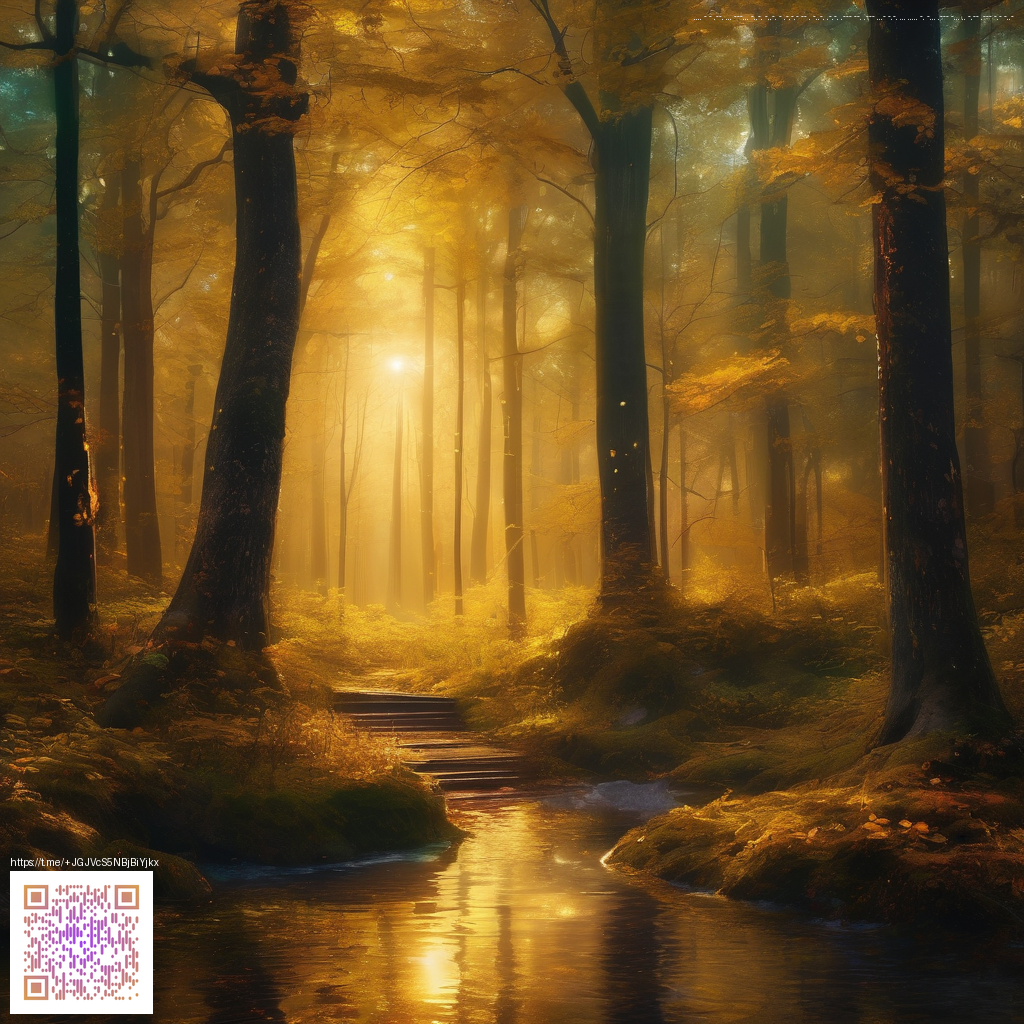
Mastering the Dead Tube Coral Wall Fan in Minecraft 1.20
The Dead Tube Coral Wall Fan adds a delicate sculptural detail to walls and ceilings in the 1.20 era. Its transparent surface and empty bounding box allow for subtle textures without blocking movement. This guide dives into how to use the block with commands, how to plan builds around it, and tricks that help you weave it into both underwater and dry land scenes 🧱
In practice the fan is a decorative piece with no light emission and no solid collision. It presents a facing state with four directions north south west and east plus a waterlogged option. Because it is designed to sit on walls just like a true vent style decor you can align it to match your architecture. Understanding these states makes it easy to craft convincing mechanical or organic wall patterns in your world.
Understanding the block data
From a builder perspective the most important attributes are its states and placement rules. The block has zero hardness and zero resistance meaning it breaks quickly with a basic tool yet it is resilient enough for decorative use. It stacks up to 64 like other decor items and is considered mineable with standard pickaxes. The transparent nature means it blends with glass and water easily. The lack of light emission lets you layer it with glow blocks without creating glare. These traits make the Dead Tube Coral Wall Fan a versatile texture element for labs ship hulls and reef style bases 🧭
When you place it on a wall the facing property determines which direction the fan blade faces. The waterlogged state affects how the block interacts with adjacent water blocks and whether it sits invitingly in a flooded corridor. For builders experimenting with underwater builds the waterlogged option unlocks new ways to merge coral decor with pelagic lighting schemes.
Placing with commands
Using commands to place the fan gives you precise control over orientation and environment. Here are practical examples you can adapt to your builds
/setblock ~ ~ ~ minecraft:dead_tube_coral_wall_fan[facing=north]Place a single fan facing a particular wall ensuring it sits flush with the surface
/setblock ~1 ~ ~ minecraft:dead_tube_coral_wall_fan[facing=east,waterlogged=false]Turn the waterlogged flag on when the block sits within a waterlogged wall or near a water block
/setblock ~ ~2 ~ minecraft:dead_tube_coral_wall_fan[facing=west,waterlogged=true]For longer corridors or rows use fill with consistent facing to create a uniform pattern
/fill ~-3 ~ ~-1 ~3 ~ ~1 minecraft:dead_tube_coral_wall_fan[facing=north]Pro tip
To automate orientation you can chain command blocks that read the player or camera direction and adjust the facing value accordingly. This makes it easy to place a coordinated sequence along a hallway or a gallery wall during a live build session 🧰
Building tips
- Design a wall pattern first before placing blocks to ensure a cohesive rhythm across the surface
- Experiment with waterlogged on and off to simulate damp corridors or submerged rooms
- Pair the fans with coral blocks and soft lighting to highlight texture without overpowering the scene
- Use contrasting facing directions to add visual interest and suggest ventilation through a large wall
Technical tricks
The empty bounding box means you can slide the fan into tight spaces without creating a collision hazard. This is handy when you want a continuous decorative line along a plank wall or a metal hull without blocking your path. For map makers and designers who love automation data packs can be used to dynamically set the waterlogged state based on biome or sea level. With a little data pack logic you can have the wall fans react to weather or water presence adding a responsive texture to your builds 🧩
Modding culture and data packs
Even in vanilla realms players borrow the idea of decorative fans for modded scenes and data driven aesthetics. Create a tiny texture variant through a resource pack to give the wall fan a subtle color shift that matches your base palette. Data packs can extend behavior for macro builds where walls become living compositions rather than static surfaces. The community vibe around such blocks is all about clever repetition and texture storytelling 🌲
Community ideas
Builders have used Dead Tube Coral Wall Fans as wall mounted turbines in derelict ships and as vent style décor in underwater laboratories. Some creative teams hide them behind staircases or integrate them into modern eco builds as a repeating blade motif. The result is a living wall element that breathes texture into both submerged and dry environments 🧭
Support Our Minecraft Projects your generosity helps fund fresh builds and community tutorials for players of all backgrounds